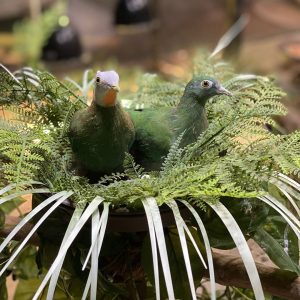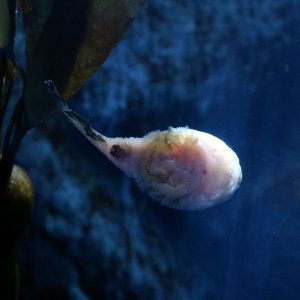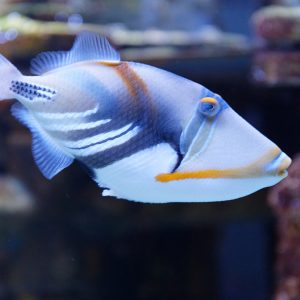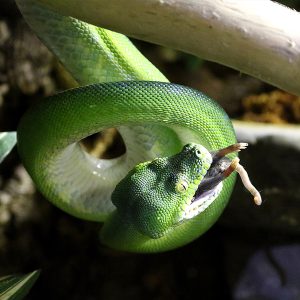5 Things I Learned About Ripsaw Catfish
Primarily found in waterways throughout the Amazon, you’re looking at the ripsaw catfish. Here are 5 things a non-aquarist learned about this fascinating animal at Greater Cleveland Aquarium.
- This species’ genus name—Oxydoras—means sharp skin. With serrated scales and thorn-like hooks for defense along its sides, it’s easy to see how this armored catfish earned the name “ripsaw.”
- Interestingly, these catfish reside in both whitewater and blackwater rivers. Whitewater rivers have higher amounts of suspended sediment and low acidity, while blackwater rivers are slow moving, transparent and more acidic.
- Also called the “talking catfish,” ripsaws make audible grunts and clicks to communicate.
- Like other catfish, a ripsaw’s whiskers are actually sensory organs known as barbels! These organs allow the fish to locate food including larvae, crustaceans and insects.
- You may also notice the ripsaw catfish’s downward-facing mouth. This allows it to scoop food from the riverbottom where it combs for its meals.
With a distinct appearance and relatively large size, it’s hard not to notice the ripsaw catfish. Look for one during your next Greater Cleveland Aquarium visit.







































 We dive for a variety of reasons. To commune with nature, to unwind, to explore. Our “pale blue dot,” as astrophysicist and author Carl Sagan pointed out, is just a “very small stage in a vast cosmic arena,” but perhaps by diving in we can learn to better appreciate that fragile ecosystem largely invisible to us as we commute between school, work and the grocery store in our busy daily lives.
We dive for a variety of reasons. To commune with nature, to unwind, to explore. Our “pale blue dot,” as astrophysicist and author Carl Sagan pointed out, is just a “very small stage in a vast cosmic arena,” but perhaps by diving in we can learn to better appreciate that fragile ecosystem largely invisible to us as we commute between school, work and the grocery store in our busy daily lives.